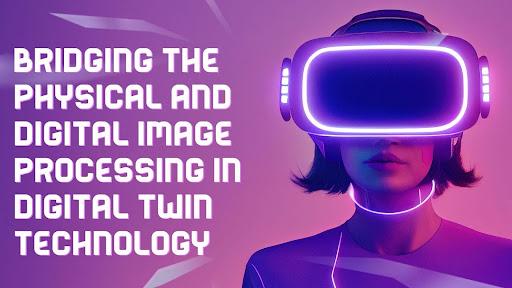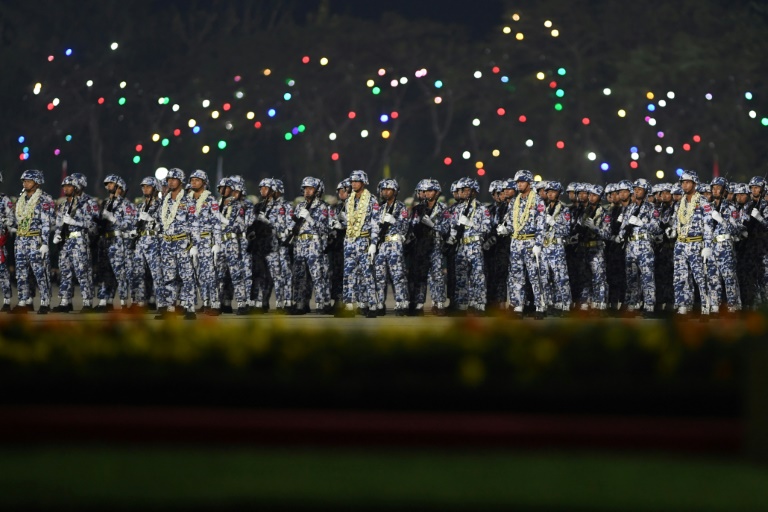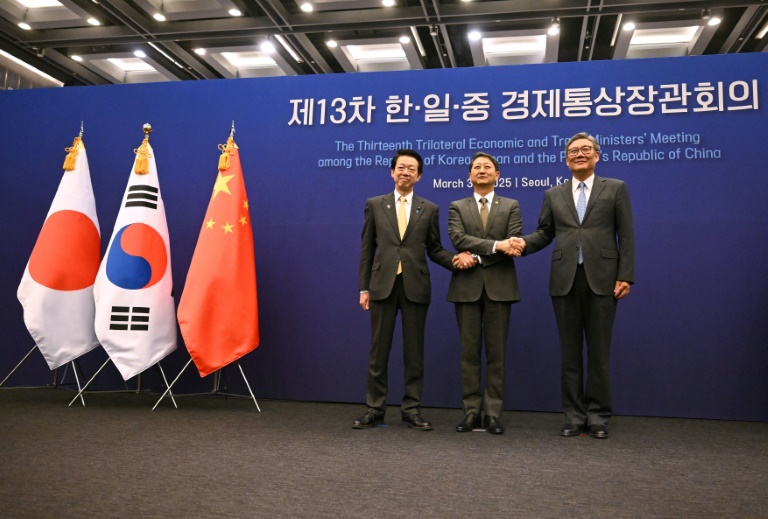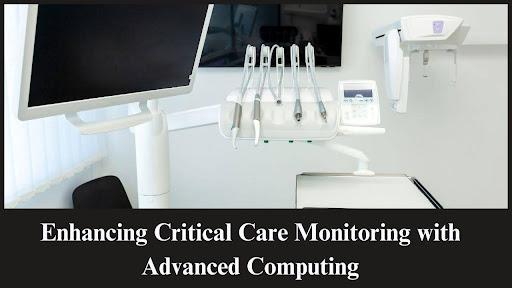In this modern era, Lalita Devi Pila, a pioneer in industrial digitalization, has introduced transformative advancements in integrating image processing within Digital Twin solutions. Her work highlights the potential of this cutting-edge technology to revolutionize manufacturing, healthcare, and infrastructure by enhancing efficiency, ensuring quality, and enabling predictive capabilities in critical operations. By leveraging advanced analytics and real-time monitoring, these innovations empower industries to optimize processes and reduce downtime. As the demand for smart solutions grows, her contributions set a benchmark for operational excellence in industrial applications.
Revolutionizing Data Acquisition and Storage
Digital Twin frameworks begin with robust data acquisition systems that capture high-resolution images from industrial environments. These systems utilize fixed and mobile sensors to ensure comprehensive coverage, achieving accuracy rates exceeding 96.8% in defect detection. Cloud-based storage architectures complement these efforts, handling petabyte-scale datasets with sub-100ms query response times. This seamless integration of edge-to-cloud processing ensures rapid, reliable analysis, optimizing resource use across distributed systems.
Sophisticated Image Processing Pipelines
Advanced image processing pipelines are the backbone of Digital Twin solutions. These systems employ wavelet-based noise reduction and multi-scale retinex techniques to enhance image clarity and feature visibility under challenging conditions. Preprocessing operations improve downstream analysis accuracy by up to 40%, while cutting-edge deep learning models detect defects with precision rates exceeding 98.7%. This integration allows for real-time monitoring and adaptive responses to evolving operational needs.
Real-Time Monitoring for Operational Excellence
Real-time monitoring capabilities in Digital Twin systems empower industries to maintain high efficiency and agility. Adaptive sampling and distributed edge computing nodes reduce latency by 65%, ensuring data consistency and rapid decision-making. Automated quality control frameworks further enhance operations, achieving a 35% reduction in quality-related downtime while improving equipment effectiveness by 18%. These advancements enable organizations to maintain peak operational performance.
Predictive Maintenance with Data Fusion
Data fusion frameworks within Digital Twin implementations revolutionize predictive maintenance. By integrating data from vibration sensors, thermal imaging, and operational parameters, these systems achieve a unified model with 45% greater accuracy than single-source approaches. Temporal synchronization and dynamic model updating ensure continuous adaptation to real-time changes, reducing false positives by 65% and enhancing anomaly detection capabilities. This holistic approach enables industries to proactively address maintenance needs, minimizing downtime and maximizing operational efficiency.
Collaborative Ecosystems and Security
Collaboration and data sharing play a pivotal role in large-scale Digital Twin environments, fostering seamless integration across diverse systems. Advanced access control mechanisms, powered by blockchain-based authentication, guarantee secure and tamper-proof interactions across organizational boundaries, safeguarding sensitive operations. Distributed frameworks further enable efficient data exchange, managing up to 1,000 nodes with optimized load distribution to ensure consistent performance.
Cutting-Edge Analytics and Visualization
Predictive analytics engines within Digital Twin solutions harness the power of real-time and historical data to transform industrial operations. These advanced systems facilitate rapid model updates through CI/CD pipelines, significantly reducing maintenance efforts by 35% and ensuring operational continuity. Complementing these analytics are sophisticated visualization frameworks, which provide enhanced operational insights through cutting-edge rendering technologies. By enabling real-time interaction and analysis, these tools accelerate decision-making processes by 45%, solidifying their role as essential assets in fast-paced and dynamic industrial environments.
In conclusion, Lalita Devi Pila‘s exploration of image processing within Digital Twin solutions represents a transformative leap in industrial operations. By integrating cutting-edge imaging techniques, predictive analytics, and collaborative frameworks, these systems redefine efficiency, quality, and adaptability across sectors. As organizations increasingly adopt these innovations, her work serves as a guiding light, setting new standards for operational excellence in the digital age. Her contributions empower industries to transition seamlessly into smarter, data-driven workflows. By bridging the physical and digital realms, her innovations pave the way for sustainable and scalable industrial growth.







